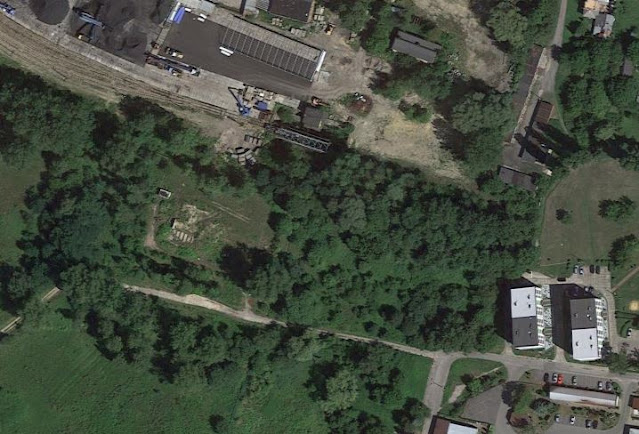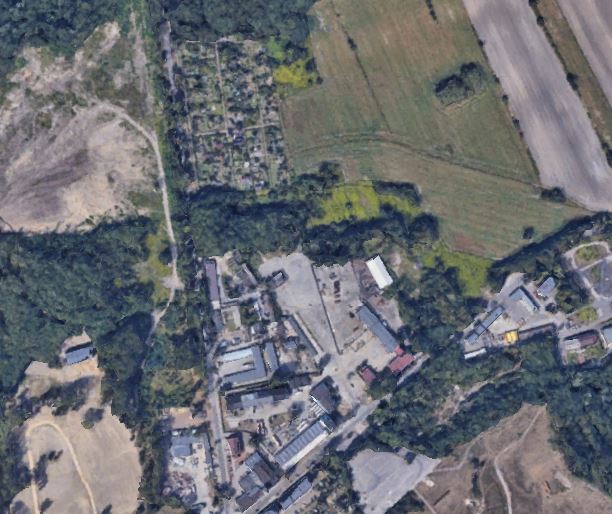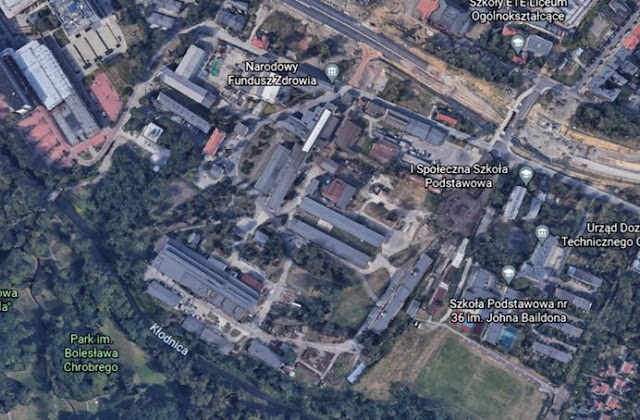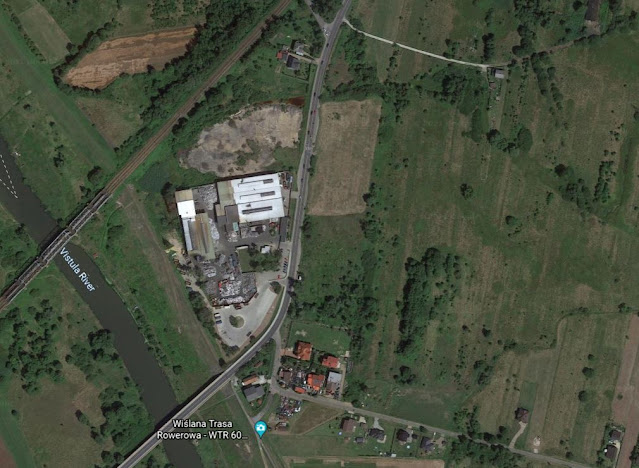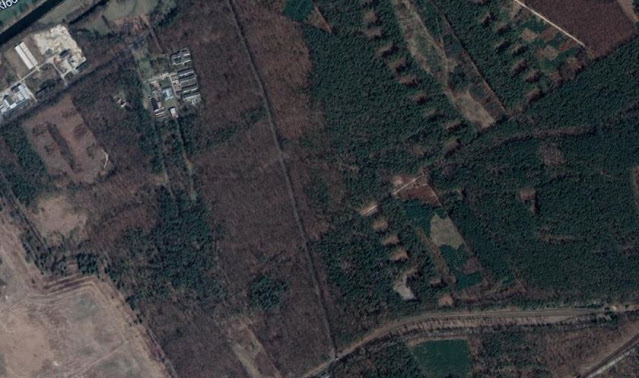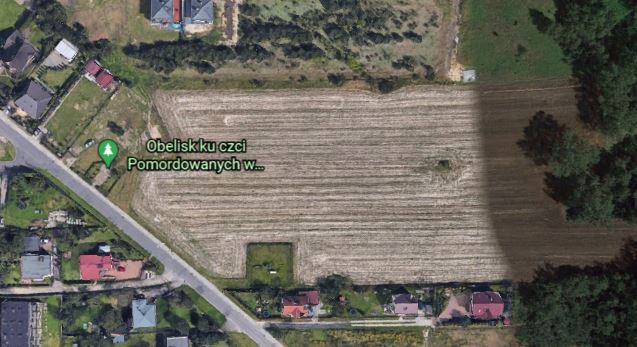Tschechowitz I aka Tschechowitz-Bombensucherkommando

A working group (commando) of about 100 prisoners, consisting of 60 Germans, 3 Jews and a number of Kapos, used for bomb clearance near a refinery. The camp was in existence for only around 10 days between 20 th August and early September and was located in buildings of a former brewery. It was commanded by SS-Oberscharführer Wilhelm Edmund Claussen and guarded by a number of SS men. However, after three days, most of the SS men were replaced by members of the Schupo, gendarmerie, and casual Bahnschutze and industrial guards from the refinery, with only four SS men remaining. In early September 1944, the prisoners were sent back to Auschwitz. Former brewery office building used as a camp office and accommodation for the SS guards
